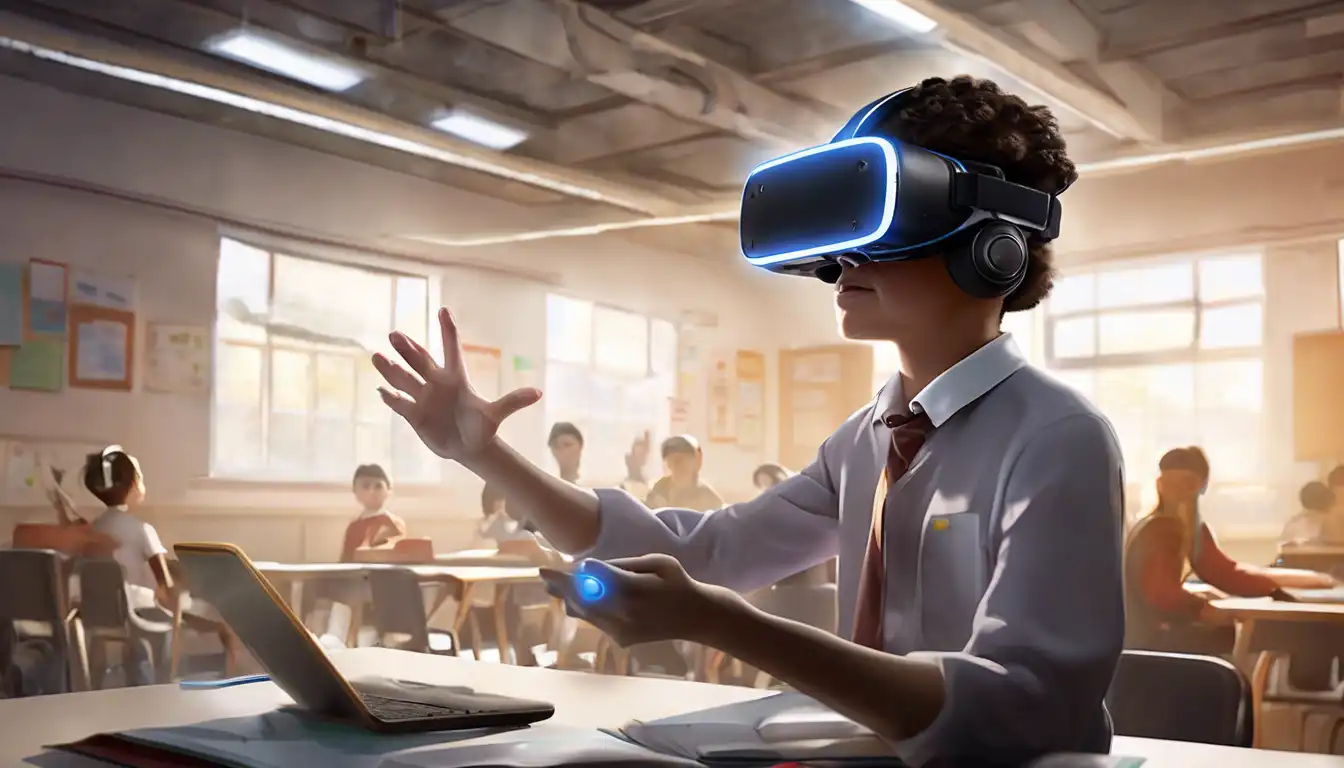The Transformative Impact of Virtual Reality on Learning and Skill Development
Virtual Reality (VR) technology has emerged as a groundbreaking tool in the realm of education and training, offering immersive experiences that were once unimaginable. By simulating real-world environments, VR provides learners with a safe space to explore, experiment, and learn from their mistakes without any real-world consequences. This article delves into the potential of VR in revolutionizing education and training across various sectors.
Why VR is a Game-Changer in Education
VR technology has the unique ability to transport students to different times, places, and scenarios, making learning more engaging and effective. For instance, history students can virtually visit ancient civilizations, while medical students can perform surgeries in a risk-free environment. This hands-on approach enhances understanding and retention, making VR an invaluable educational tool.
Applications of VR in Professional Training
Beyond traditional education, VR is making significant strides in professional training. Industries such as healthcare, aviation, and manufacturing are leveraging VR to train employees in complex procedures and operations. For example, pilots can practice flight maneuvers in virtual cockpits, and surgeons can rehearse intricate surgeries before performing them on actual patients.
Benefits of VR in Learning and Development
- Enhanced Engagement: VR's immersive nature captures learners' attention, making education more interactive and enjoyable.
- Safe Learning Environment: VR allows for the simulation of dangerous or expensive scenarios without any risk.
- Customizable Experiences: Educators can tailor VR content to meet the specific needs of their students or trainees.
- Accessibility: VR can bring distant or inaccessible locations and experiences to learners worldwide.
Challenges and Considerations
Despite its potential, the adoption of VR in education and training faces several challenges. These include the high cost of VR equipment, the need for technical support, and the development of quality educational content. However, as technology advances and becomes more affordable, these barriers are expected to diminish.
The Future of VR in Education and Training
The future of VR in education and training looks promising, with ongoing advancements in technology paving the way for more realistic and interactive experiences. As VR becomes more integrated into educational curricula and professional training programs, it will continue to transform how we learn and develop new skills.
For those interested in exploring more about the latest trends in educational technology, check out our article on emerging technologies in education.
In conclusion, VR holds immense potential to enhance learning and training by providing immersive, engaging, and safe environments for exploration and skill development. As we overcome the current challenges, VR is set to become an integral part of education and professional training worldwide.
